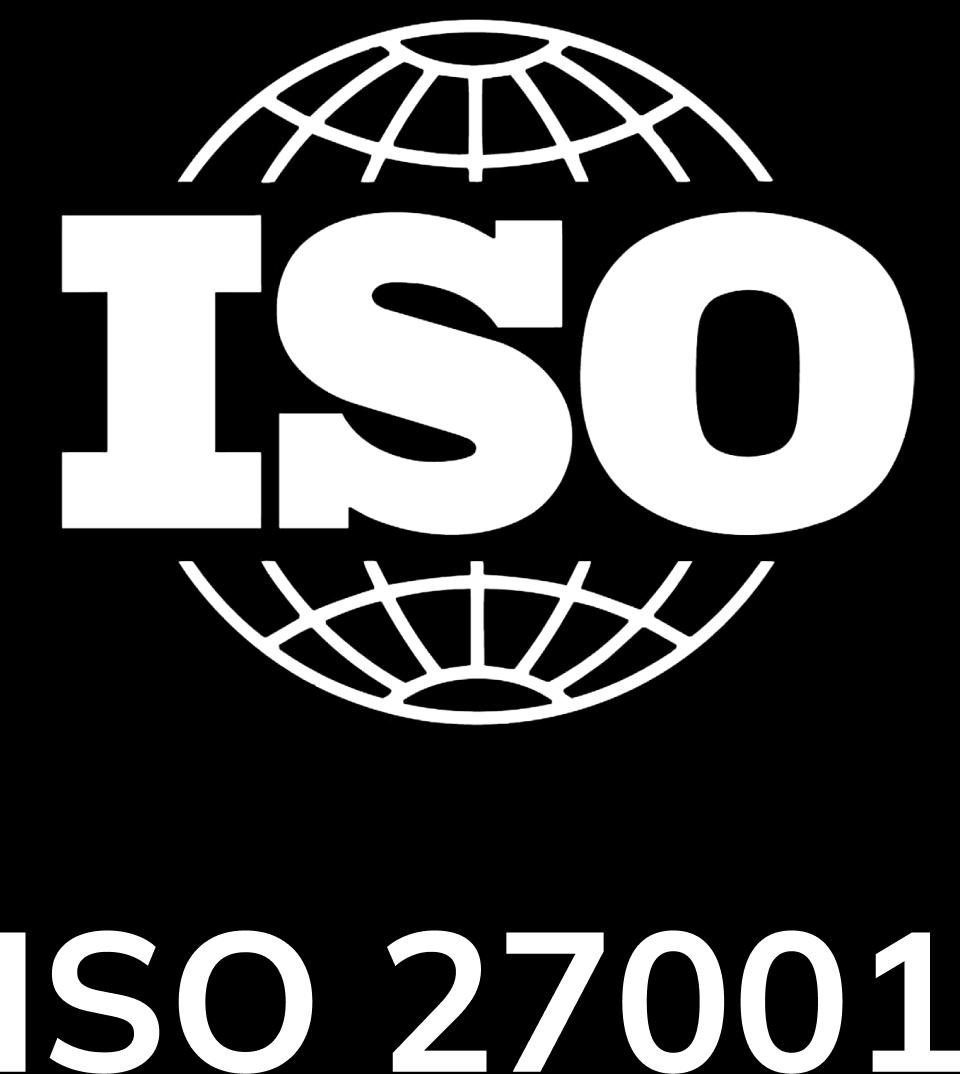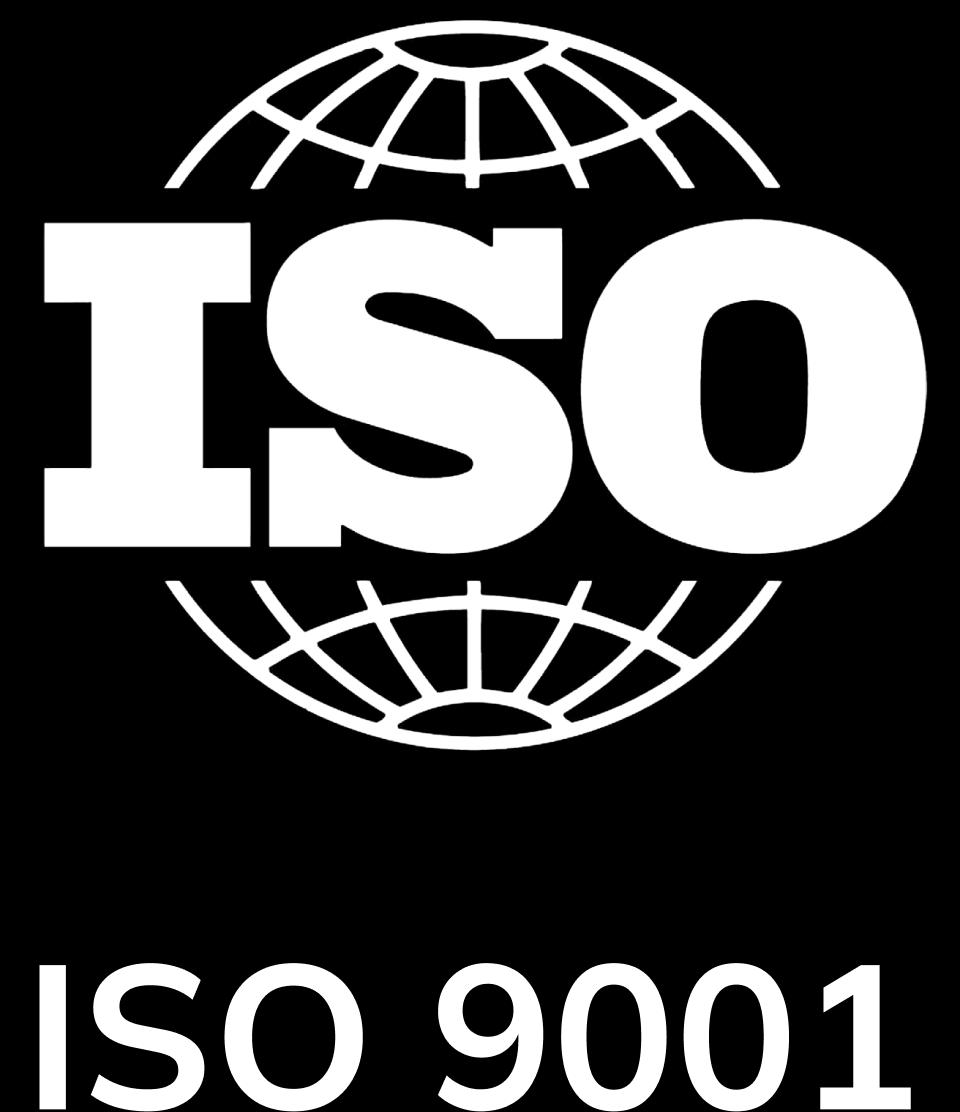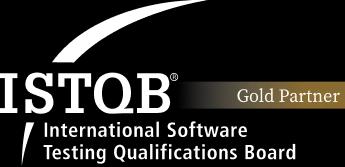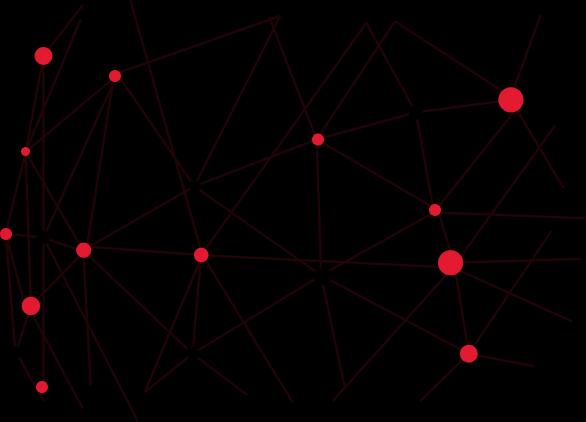
What is HRM? The Crucial Role of HRM in Businesses
People are always considered the most valuable asset of any organization or business. Human Resource Management (HRM) is not merely about managing personnel; it is a strategic factor that determines the success and sustainable growth of an organization. However, not everyone fully understands what HRM entails and its specific role in organizational operations.
This article will provide you with a comprehensive view of HRM, from basic concepts and key roles to operational methods and the essential skills required of an HR manager. If you're seeking effective solutions to optimize human resource management, this is a resource you can't afford to miss! Let Tokyo Tech Lab help clarify these topics.
I. What is HRM?
HRM (Human Resource Management), is a comprehensive process involving recruitment, development, management, and optimization of employees' performance within an organization or business. HRM goes beyond administrative tasks to play a strategic role in building and maintaining company culture, fostering employee growth, and maximizing the value that human resources bring to an organization.
By now, you should have a clearer understanding of what HRM is, right? But don't stop here! Let’s move on to Section 2 – "The Role of HRM in Human Resource Management" – to uncover interesting insights and understand why HRM is so vital for a business's development. Follow me! Let's go!
II. What is the Role of HRM in Human Resource Management?
In this section, we’ll explore the roles HRM plays in managing a business's workforce. Curious about these roles? Let’s dive deeper into the details.
First, let me tell you that HRM is not just about managing people; it also plays a strategic role in determining an organization's success and sustainability. The main roles of HRM follow a logical sequence, ensuring close alignment between HR activities and a business's goals. Below are the roles I want to highlight:
1. Recruitment and Selection
This is the first and most crucial step in HRM, laying the foundation for a business's workforce quality. An effective recruitment process not only finds the right people with high expertise but also ensures they align with the organization’s culture and long-term goals. This includes:
- Building recruitment strategies: Developing plans and selecting appropriate recruitment channels, from job ads and social media to job fairs.
- Screening candidates: Utilizing methods like interviews, skill tests, and psychological assessments such as MBTI and DISC to select the best-fit candidates for the business.
- Ensuring diversity and inclusion: Establishing fair recruitment policies that do not discriminate based on gender, ethnicity, or age to create a diverse and inclusive work environment.
2. Employee Training and Development
After recruitment, training employees is a vital and indispensable next step. Training not only enhances professional skills but also strengthens engagement, ensuring optimal work performance. This is a core element in any business's HRM strategy, including:
- Onboarding training: Helping new employees acclimate to the organization’s culture, work processes, and goals.
- Skill development: Organizing professional courses, workshops, or advanced learning programs to foster creativity and capabilities.
- Personal development planning: Assisting employees in creating career advancement paths and achieving personal career goals.
3. Performance Evaluation and Management
In HR management, HRM acts not only as a supervisor but also as a "coach" to enhance employee performance. In this role, HRM establishes and maintains effective performance management processes to ensure employees complete their tasks while uncovering hidden potential and maximizing their abilities. This contributes to creating an engaged workforce that significantly supports the organization’s development goals, including:
- Setting performance criteria: HRM develops transparent and specific evaluation criteria suitable for each job position. Systems like KPI (Key Performance Indicator) and OKR (Objective and Key Results) clarify objectives and provide measurable metrics for fairness and objectivity.
- Implementing evaluation processes: Regular evaluations (monthly, quarterly, yearly) track work progress and employee development. These evaluations use methods like self-assessment and 360-degree feedback for comprehensive insights.
- Providing feedback and improvement plans: HRM offers constructive feedback, helping employees recognize strengths and weaknesses. They also assist employees in creating actionable improvement plans.
- Rewards and recognition: HRM motivates employees through recognition and rewards. Flexible and appropriate reward policies increase employee engagement and drive higher performance.
- Managing underperformance: For employees who do not meet expectations, HRM provides training, counseling, or structured improvement plans. When necessary, HRM ensures appropriate measures are taken to maintain overall effectiveness.
Through these activities, HRM not only improves employee performance but also contributes to building a professional workforce and creating a positive work environment, helping businesses achieve sustainable growth.
4. Compensation and Benefits Management
Compensation and benefits - just hearing these words is enough to get employees excited, right? I know what you're thinking, and I feel the same way! These are among the top priorities for anyone at work. HRM plays the lead role in managing this area, ensuring employee satisfaction while helping businesses stay competitive in the talent race. It’s a win-win, isn’t it? Here are some key strategies HRM employs to satisfy both the organization and its employees:
- Developing a salary structure: Creating a competitive and fair pay scale based on job analysis and labor market trends.
- Managing benefits: Providing healthcare, leave policies, training support, and family benefits to create a comprehensive benefits package.
- Boosting satisfaction: Ensuring employees feel their contributions are recognized and fairly rewarded.
5. Building Corporate Culture and Work Environment
Creating a positive corporate culture is a crucial aspect of HRM, as no one wants to work in a toxic environment. HRM acts as the "conductor" in fostering a strong corporate culture and positive workplace atmosphere. A good culture not only attracts top talent but also retains the best employees, ensuring the team remains united and energized. To achieve this, HRM takes on the following roles:
- Promoting internal communication: Establishing effective communication channels and policies to enable open dialogue among departments and employees, fostering collaboration and understanding.
- Enhancing engagement: Encouraging teamwork and unity through team-building activities, company events, and employee recognition programs.
- Managing conflict: Resolving workplace disputes promptly and effectively, maintaining a harmonious and professional environment.
6. Ensuring Compliance with Labor Laws and Regulations
A key responsibility of HRM is to bridge the gap between businesses and labor regulations. HRM not only ensures compliance but also protects the rights of both the organization and its employees, enabling the company to operate legally and safely.
- Legal compliance: Ensuring that employment contracts, working conditions, and employee benefits comply with current labor laws, safeguarding the rights of employees while minimizing legal risks for the organization.
- Resolving disputes: Acting as a mediator to fairly and swiftly handle labor disputes, maintaining harmony within the organization.
- Providing legal training: Educating employees about their rights and responsibilities through labor law training programs, fostering a transparent and fair work environment.
7. Managing Change and Organizational Development
In an ever-changing business environment, HRM plays a pivotal role in helping organizations adapt and achieve sustainable growth.
- Planning for change: Ensuring smooth implementation of new initiatives, minimizing negative impacts while facilitating a seamless transition.
- Supporting digital transformation: Introducing and integrating modern technologies to optimize HR processes, improving organizational efficiency.
- Developing long-term strategies: Creating HR strategies and development plans to achieve future business goals, shaping a resilient and adaptable organization.
HRM is not just about managing human resources; it is also a strategic component in achieving sustainable business growth. An effective HRM system not only attracts talent but also creates an ideal work environment, enhancing productivity and ensuring long-term success.
III. How Does HRM Operate?
Human Resource Management (HRM) operates as a comprehensive system that integrates personnel-related activities to ensure organizations achieve strategic goals and optimize resources. HRM activities typically follow this process:
1. Recruitment and Selection Management
Recruitment and selection are foundational steps in building a high-quality workforce. This process involves more than just finding candidates:
- Analyzing staffing needs: Assessing required positions based on business goals and long-term development plans.
- Designing recruitment processes: Establishing selection criteria, including technical skills, experience, and cultural fit.
- Executing recruitment efforts: Sourcing candidates through job boards, social media, or university partnerships.
2. Performance Management
HRM plays a crucial role in evaluating and improving employee performance through:
- Setting performance evaluation criteria: Using tools like KPIs (Key Performance Indicators) or OKRs (Objectives and Key Results) to measure and quantify job outcomes.
- Monitoring and providing feedback: Organizing regular performance reviews to acknowledge achievements and suggest necessary improvements.
- Rewarding and recognizing efforts: Motivating employees by acknowledging their contributions through reward programs.
3. Training and Development
Employee training is critical for long-term business growth. Key activities include:
- Assessing training needs: Identifying skills employees need to meet current and future job requirements.
- Developing training programs: Designing tailored courses, from soft skills and technical expertise to leadership development.
- Tracking effectiveness: Measuring the impact of training programs to refine content and methods.
4. Building Corporate Culture and Work Environment
HRM is instrumental in creating a positive workplace atmosphere, promoting engagement, and maintaining organizational values:
- Promoting internal communication: Facilitating open dialogue among employees to foster collaboration.
- Managing conflicts: Resolving disputes quickly to maintain harmony and efficiency at work.
- Organizing team-building activities: Strengthening team spirit and camaraderie through internal events or welfare programs.
5. Compensation and Benefits Management
Compensation and benefits policies are essential for attracting and retaining talent:
- Designing salary structures: Developing pay scales based on labor market trends and job value.
- Managing benefits: Providing insurance, leave policies, and other support to enhance employee satisfaction.
6. Ensuring Compliance with Laws and Policies
HRM ensures businesses adhere to legal regulations, from employment contracts and insurance to welfare policies.
- Staying updated on labor laws: Monitoring and adjusting HR policies to comply with the latest legal requirements.
- Handling disputes: Acting as a mediator to resolve legal conflicts regarding labor rights.
HRM serves as a comprehensive management center, aligning HR functions with business goals. Each activity, from recruitment and performance evaluation to culture building, contributes to creating an efficient and sustainable workplace, enabling organizations to excel in a competitive environment.
IV. Skills and Responsibilities of an HR Manager
An HR Manager plays a central role in maintaining and developing a company's human resources. To excel in this position, they must possess a set of critical skills and handle responsibilities across various HR management domains:
- Leadership skills: Effectively managing teams, guiding them, and inspiring employees to achieve their best.
- Communication skills: Skillfully resolving conflicts, conveying policies, and fostering collaboration among stakeholders.
- Labor law knowledge: A deep understanding of labor laws helps them develop compliant policies and mitigate legal risks.
- Conflict management skills: Resolving internal disputes to maintain a harmonious and productive work environment.
- Data analysis proficiency: Leveraging HR data to make strategic, informed decisions.
The responsibilities of an HR Manager include recruitment, training, performance supervision, benefits administration, and supporting organizational strategic objectives.
V. Steps for Effective HRM Implementation
Implementing effective Human Resource Management (HRM) is key to optimizing human resources, improving work performance, and achieving strategic goals. Here are specific steps to scientifically and efficiently execute HRM:
1. Assess Human Resource Needs
- Analyze current workforce status: Identify the number of existing employees, their skills, competencies, and ability to meet current job demands.
- Forecast future needs: Use tools such as SWOT analysis or Workforce Planning to predict positions required based on organizational goals and growth plans.
- Develop job descriptions: Clearly define roles, responsibilities, and requirements for each position.
2. Plan and Strategize HRM
- Set specific objectives: Establish clear goals, such as improving performance, reducing turnover rates, or increasing employee satisfaction.
- Formulate HR strategies: Develop strategies for recruitment, employee development, and performance management aligned with organizational objectives.
- Optimize budgets: Ensure plans for salaries, benefits, and training stay within the company’s budget constraints.
3. Execute and Monitor
- Implement plans: Activate processes for recruitment, training, evaluation, and employee benefits.
- Enhance efficiency: Utilize HRM software to automate tasks such as time tracking, employee record management, and performance evaluation.
- Closely monitor progress: Track implementation, identify issues promptly, and make necessary adjustments.
4. Evaluate and Continuously Improve
- Measure effectiveness: Use metrics such as KPIs (Key Performance Indicators) or ROI (Return on Investment) to assess HRM activities.
- Gather feedback and improve: Organize feedback sessions with employees, listen to suggestions, and adjust strategies accordingly.
- Stay updated with trends: Adopt new management methods and modern technologies to enhance HRM efficiency.
Implementing HRM requires thorough preparation, ongoing monitoring, and continuous improvement. By following these steps, businesses can establish a robust HRM system, support sustainable development, and gain a competitive edge in the market.
VI. Conclusion
HRM is not merely a supporting function but a strategic driver in enhancing organizational growth and competitiveness. To achieve sustainable success, modern businesses must invest in effective HRM systems and leverage advanced technologies to optimize human resource management processes.
Start by assessing your organization’s needs and selecting the appropriate HRM solution to build a strong foundation for long-term development.
Don't forget to follow us for more insightful knowledge on digital transformation in business management and updates on the latest technological trends!
SHARE THIS ARTICLE
Author
Huyen TrangSEO & Marketing at Tokyo Tech Lab
Hello! I'm Huyen Trang, a marketing expert in the IT field with over 5 years of experience. Through my professional knowledge and hands-on experience, I always strive to provide our readers with valuable information about the IT industry.
More Posts



About Tokyo Tech Lab
Services and Solutions
Contact us
© 2023 Tokyo Tech Lab. All Rights Reserved.







